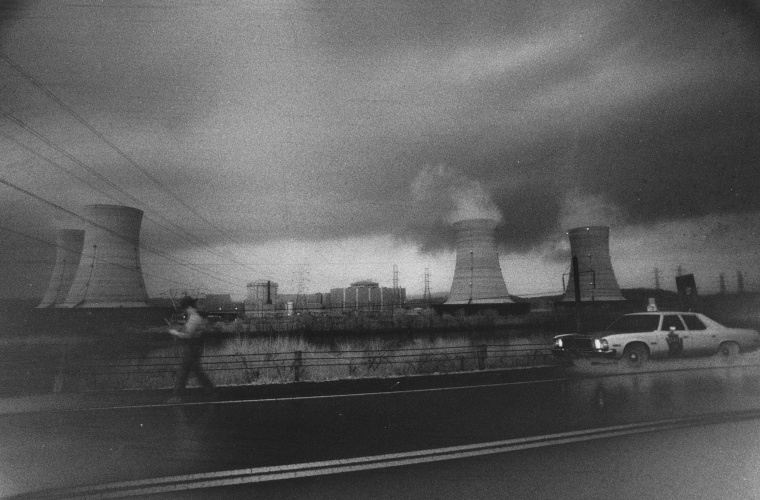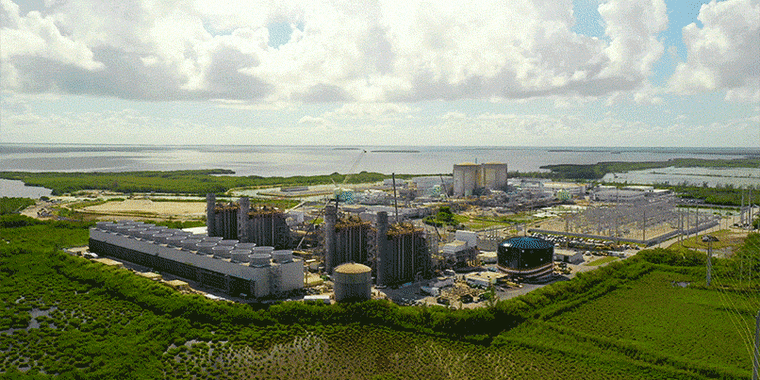Nestled between the Florida Everglades and Biscayne National Park, amid a fragile ecosystem that supports sea turtles and manatees, sits a sprawling nuclear power plant known as Turkey Point. The facility has powered southeast Florida for half a century — lighting up nearly 1 million homes in the Miami area — with a low-carbon energy source.
But Phillip Stoddard, the former five-term mayor of South Miami and a longtime college biology professor, views the plant with a sense of dread.
Turkey Point has operated for 50 years, and nuclear experts say high levels of radiation can over time degrade — and even cause cracks in — the steel encasing the nuclear core of reactors, which could lead to dire consequences. Though the agency that regulates the nuclear industry says mathematical modeling done by the plant shows that Turkey Point’s reactors are safe, Stoddard isn’t taking any chances.
"It makes me nervous enough that I keep enough potassium iodine in stock for every child and pregnant woman in my city," Stoddard said, referring to the substance used to protect against thyroid cancer caused by radiation exposure.

The potential for the steel to give way is just one of the significant issues that worries environmentalists and some nuclear experts as the nation’s fleet of nuclear plants get up in age.
Other concerns include the amount of nuclear waste stored at the facilities and the threat of severe weather fueled by climate change — a danger Hurricane Ian demonstrated when it roared onto Florida’s southwest coast with massive storm surges, deadly flooding and catastrophic rains.
"Can all of Turkey Point’s critical cooling and backup systems withstand the inundation and pounding from that level of storm surge?" Stoddard asked.
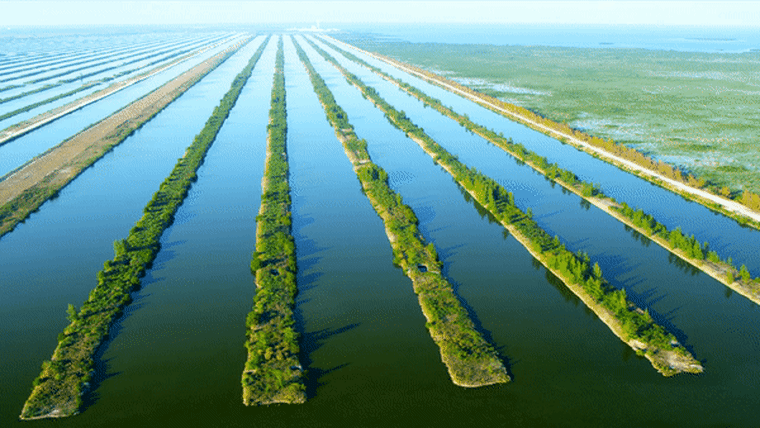
The Biden administration sees Hurricane Ian — and weather events like it — as more reason to double down on nuclear energy and invest billions as part of a broader effort to curb carbon emissions. President Joe Biden has set a goal of 100% carbon pollution-free electricity by 2035 and is relying on U.S. nuclear power plants, the nation’s largest supplier of clean energy, to help achieve it.
But the situation at Turkey Point highlights the potential risks with that strategy as the nation’s nuclear facilities age and extreme weather grows worse.
About half of the country’s 92 commercial reactors have operated for at least 40 years; only three are under 30 years of age.
The Department of Energy says reactors can operate safely for up to 90 years, but a former chair of the Nuclear Regulatory Commission has concerns about the aging plants.
Nuclear power plants are “too difficult and too expensive to be a viable long-term solution for climate change,” said Greg Jaczko, who chaired the commission under then-President Barack Obama. “As they get older, they become more unreliable.”
Jaczko said he changed his view about nuclear power after he led the commission’s 2011 response to the disaster in Fukushima, Japan.
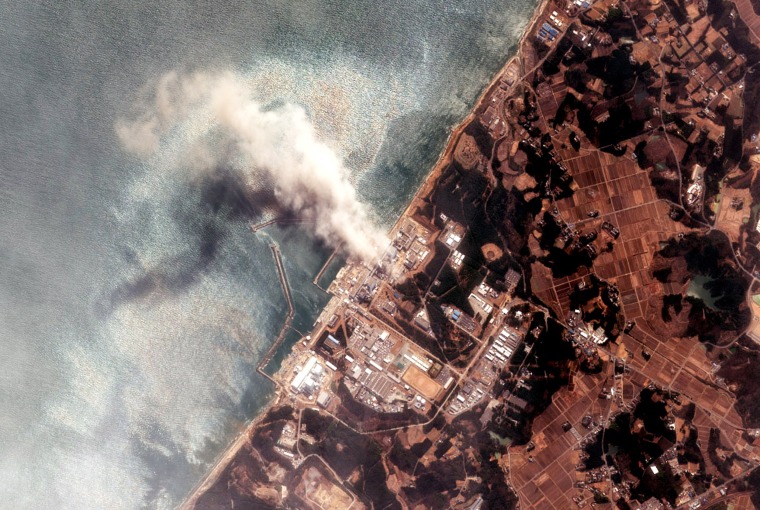

In that incident, a magnitude-9.0 earthquake caused a tsunami 56 feet high to slam into the coastal Fukushima Daiichi nuclear power plant, causing radiation to leak. More than 160,000 people were forced to evacuate, leading to 1,000 deaths. About 120 square miles of land is likely to be uninhabitable for generations, according to government estimates.
“We have to stop pretending accidents aren’t going to happen,” Jaczko said. “It’s not likely, and it’s probably not going to happen tomorrow. But it probably will happen at some point in the future.”
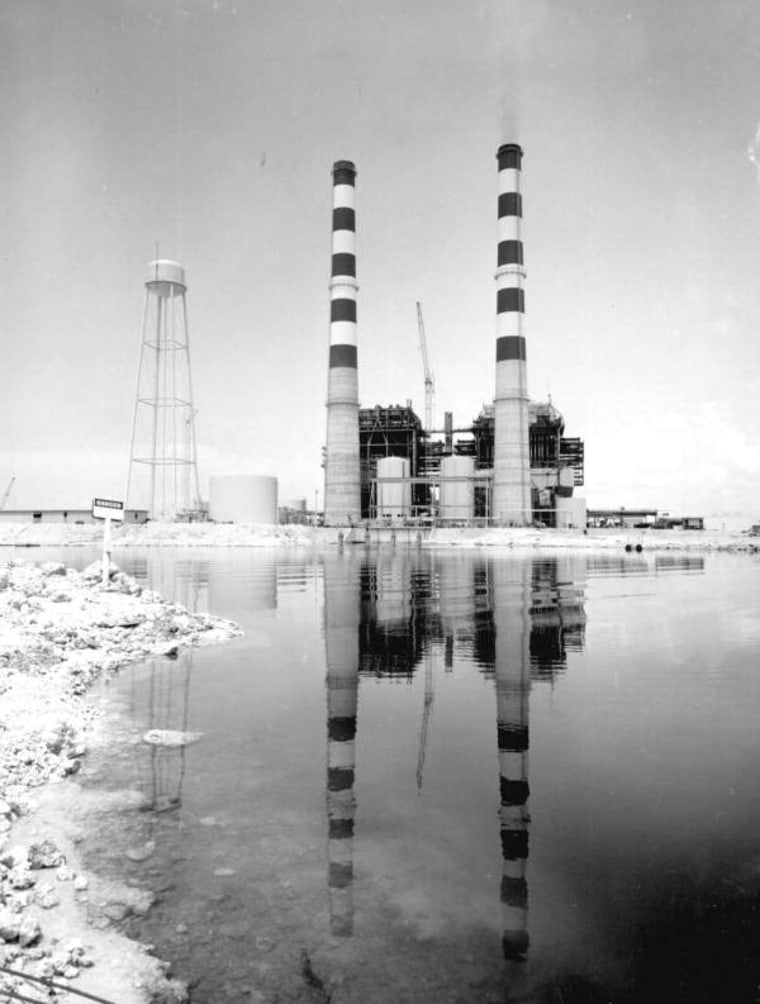
Turkey Point was built in 1967 about 25 miles south of Miami on the coast of Biscayne Bay, a shallow arm of the Atlantic Ocean.
In 2019, the NRC agreed to allow the facility to operate until 2053, making Turkey Point the first plant to receive permission to operate until it is 80 years old. But earlier this year, the commission, now led by a Biden appointee, reversed the decision and pulled the extension back to the early 2030s.
The reversal marked a rare victory for environmentalists sounding the alarm over nuclear plants.
“We’re not opposed to nuclear power, we’re opposed to unsafe nuclear power,” said Rachel Silverstein, the executive director of Miami Waterkeeper, a local nonprofit group that filed a public complaint with the NRC about Turkey Point’s license extension. “We’re opposed to nuclear power that’s not considering all the environmental risks.”

Silverstein, a marine biologist, is especially concerned about sea level rise and the threat of flooding at Turkey Point. When the plant was built, the reactors were placed 18 feet above sea level, but since then the sea has risen 8 inches and the pace is accelerating, according to the National Oceanic and Atmospheric Administration.
NOAA and five other federal agencies project that the area surrounding Turkey Point will see an additional foot of sea level rise by 2050, accompanied by 3 feet of flooding at least once a year. The plant’s cooling system — critical to safe operations — would flood, as would the main access road leading in and out, according to NOAA data.
Sea level rise in hurricane-prone Florida could also exacerbate storm surges.
“It’s game over for this region if we get this wrong,” Silverstein said. “So why not do a full review? Why not look at all the risk factors? Why not do all the models and plan for them?”
Florida Power and Light, the largest power provider in the state, and the NRC both declined requests for interviews.
But the NRC told NBC News it had time to prepare for any issues caused by rising sea levels.
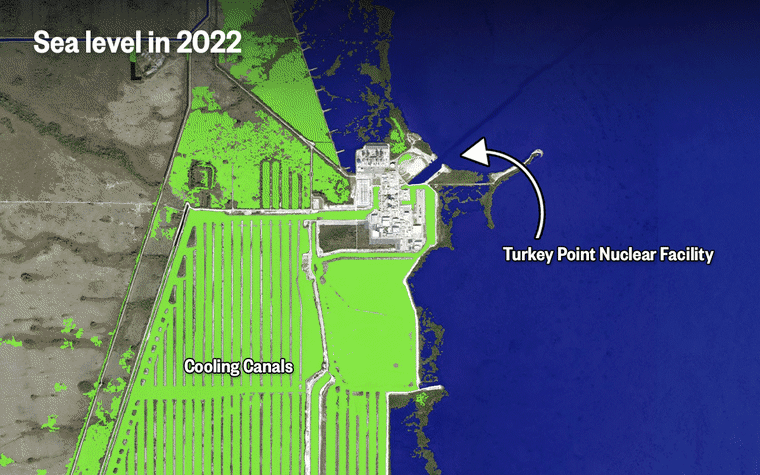
“Sea level rise, even under the most pessimistic scenarios, occurs slowly enough that U.S. nuclear power plants will have ample time to address the issue, remain in compliance with licenses, and continue to protect public health and safety," it added.
Florida Power & Light provided a statement that reads in part: “All our nuclear plants are designed to withstand earthquakes, hurricanes and other natural events stronger than ever recorded in their respective regions.”
But that was not the case for the company’s St. Lucie nuclear plant, just up the coast from Turkey Point. After heavy rainfall in 2014, a reactor auxiliary building flooded with 50,000 gallons of water — gushing in through electrical conduits. Workers were able to safely operate the reactors through the incident, but the plant was in violation of federal safety regulations that require adequate flood barriers, according to documents filed with the NRC.
Turkey Point withstood Hurricane Andrew when it barreled through the region 30 years ago as a Category 5 storm, causing damage to nearby support buildings with no impact on the nuclear reactors.
Seven coastal nuclear facilities are particularly vulnerable to aggressive sea level rise, according to a 2020 study by Johns Hopkins University. The study recommends that three plants in the U.S., including Turkey Point, be considered high risk because they could be “near or completely surrounded by water” and they store spent nuclear fuel, an extremely hazardous material.
Environmentalists have long been concerned about the nation’s stockpile of spent fuel, which can be radioactive for thousands of years and cause a catastrophic event if not properly handled.
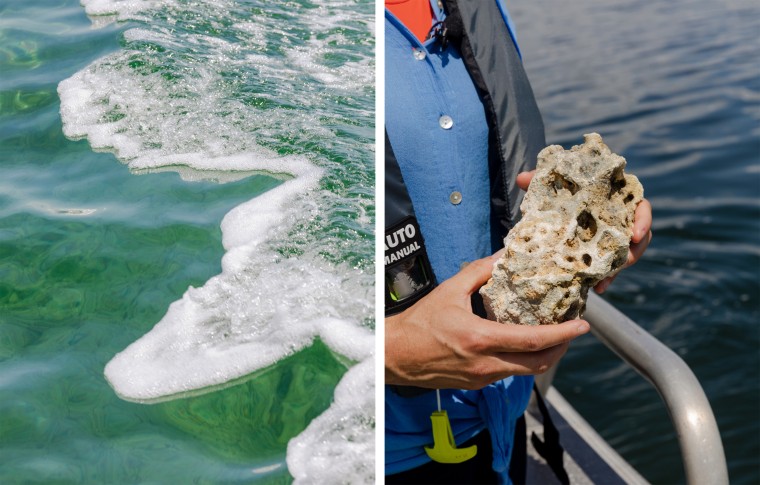
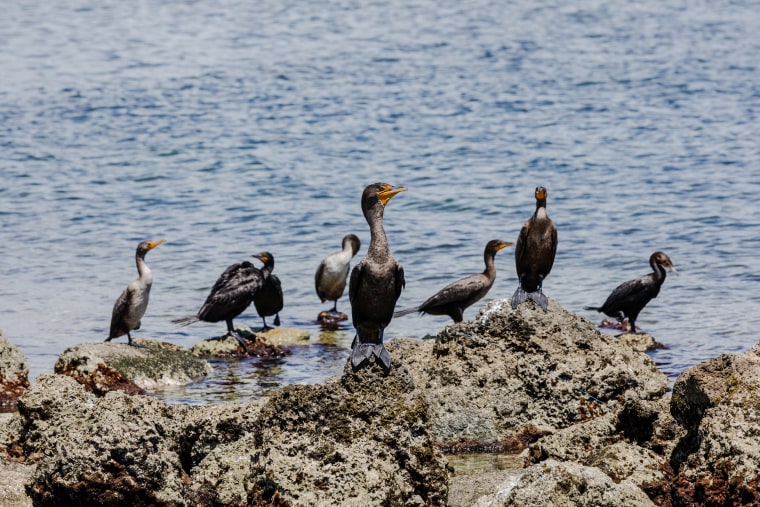
According to the NRC, about 1,500 metric tons of Turkey Point’s waste is stored adjacent to Biscayne Bay.
Nuclear plants have up to 60 years after they shut down to dispose of their nuclear waste.
Since Turkey Point is licensed through 2033, it has until 2093. By then, the area could see up to 9 feet of flooding at least once a year, according to NOAA’s upper projections, a scenario for which Silverstein and her colleagues want Turkey Point to be prepared.
Florida Power & Light told NBC News in an email that it’s already on it.
“FPL and the NRC regularly evaluate nuclear power plant operating conditions and physical infrastructure to ensure ongoing safe operations,” the company said.
As for the overall security of the plant, Florida Power and Light said its nuclear facilities, including Turkey Point, are "some of the most heavily protected infrastructure facilities in the nation."
And yet, during a visit this summer, an NBC News team was able to come within a few thousand feet of the reactors on a boat in public waters inside Biscayne National Park.
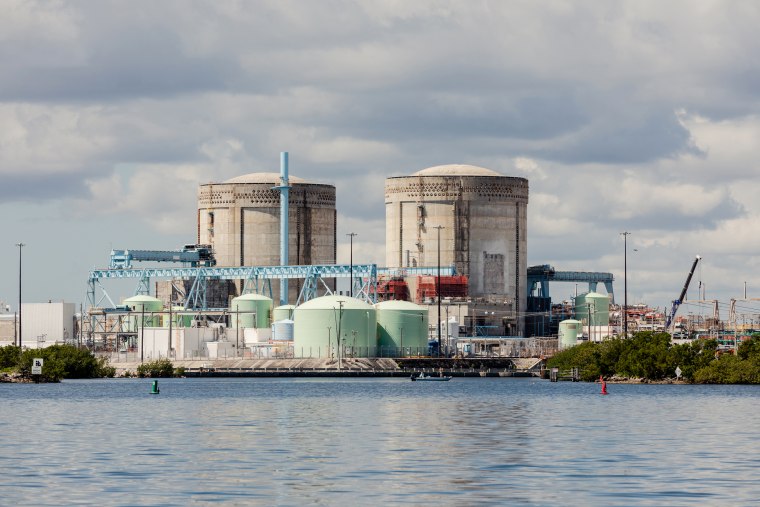
The problem of spent fuel is nationwide: about 90,000 metric tons of nuclear waste are currently being stored at power plants in 33 states, according to the U.S. Department of Energy.
That's because the Department of Energy has for four decades failed to provide a long-term disposal plan for commercial nuclear waste.
"I was very outspoken when I was chairman of the Nuclear Regulatory Commission, and the one area in which I do have regrets is that I never vocally said the very common sense point, which is, why are we continuing to make nuclear waste when we don’t know where we’re going to put it?" Jaczko, the former NRC chair, said. "I think it’s an inconsistency in the Biden administration."
Energy Secretary Jennifer Granholm told NBC News that the agency was "finally" going to find a community willing to host a repository for this long-standing problem.
"We’re going to do it," she said.
Until then, her office has $6 billion to dole out to the industry to save struggling plants — subsidies she acknowledged were a “bailout” intended to maintain the current electrical output of financially troubled nuclear plants (Turkey Point is not eligible for the credit as the plant is profitable).
Granholm said she doesn’t believe the U.S. can meet Biden’s goals of eliminating carbon-pollution from the energy sector by 2035 without nuclear energy.
“We need nuclear power to be part of what I call the silver buckshot, not a silver bullet, of getting to that clean energy future,” she added.
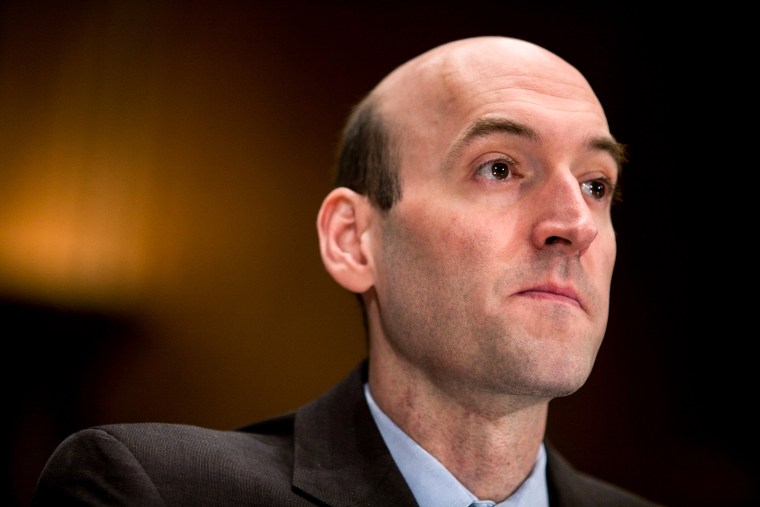
Jaczko concedes that shutting down America’s nuclear power plants can’t happen tomorrow because of their importance to the grid, but says that the Biden administration should leave them behind and invest in renewables, such as wind and solar, which he said are cheaper and safer.
"We simply don’t have the resources to continue to prop up the industry indefinitely," he said.
Meanwhile, Florida Power & Light said that it will continue to seek an extension to operate 50-year-old Turkey Point until the 2050s, "based on our extensive analysis and determination that the plant is safe to operate."
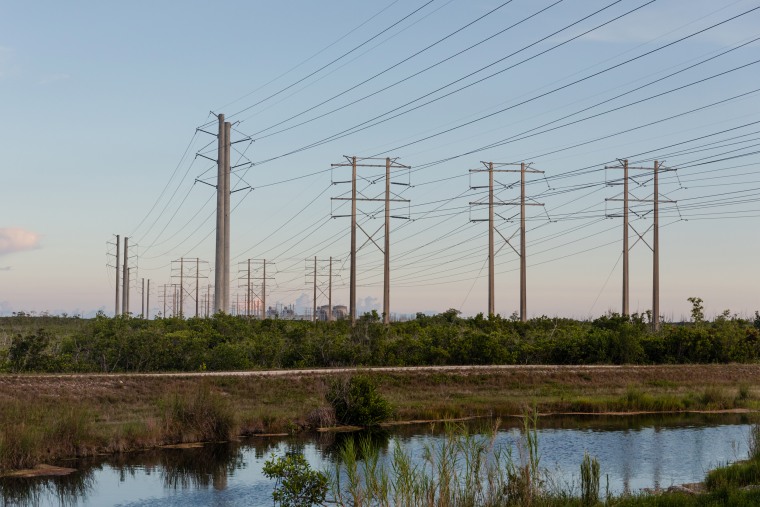
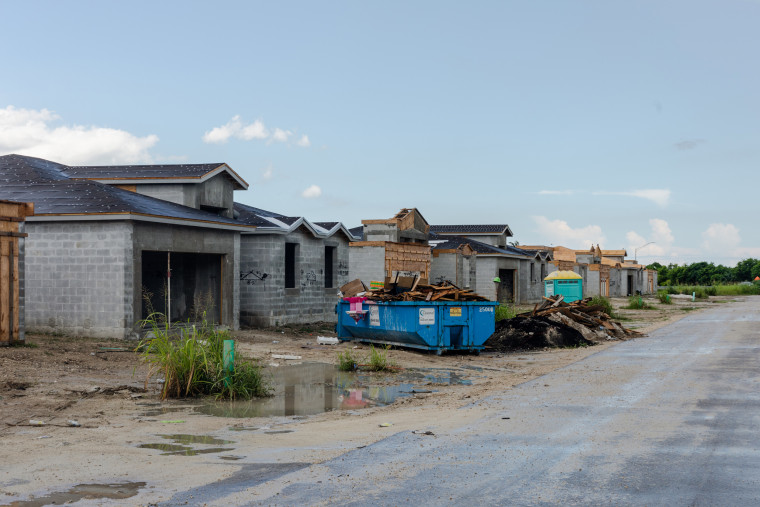
Nowhere in the world has a reactor operated for more than 53 years — a point that worries Stoddard, the former South Miami mayor who lives in the shadow of Turkey Point.
Engineers who built the facility and others were aware of the potential for the steel that surrounds the nuclear core to degrade over time, known as embrittlement, so they included special metal tabs that could be extracted and tested as the reactor aged. Turkey Point has one tab left but hasn’t tested one for 20 years.
The Nuclear Regulatory Commission and a senior Energy Department official said that mathematical modeling is sufficient in predicting steel safety. Granholm said reactors can operate for up to 90 years when properly maintained, but Stoddard remains concerned.
“I saw Three Mile Island happen,” Stoddard said, referring to the notorious nuclear accident in Pennsylvania in 1979. “You can’t tell me these things don’t happen."
